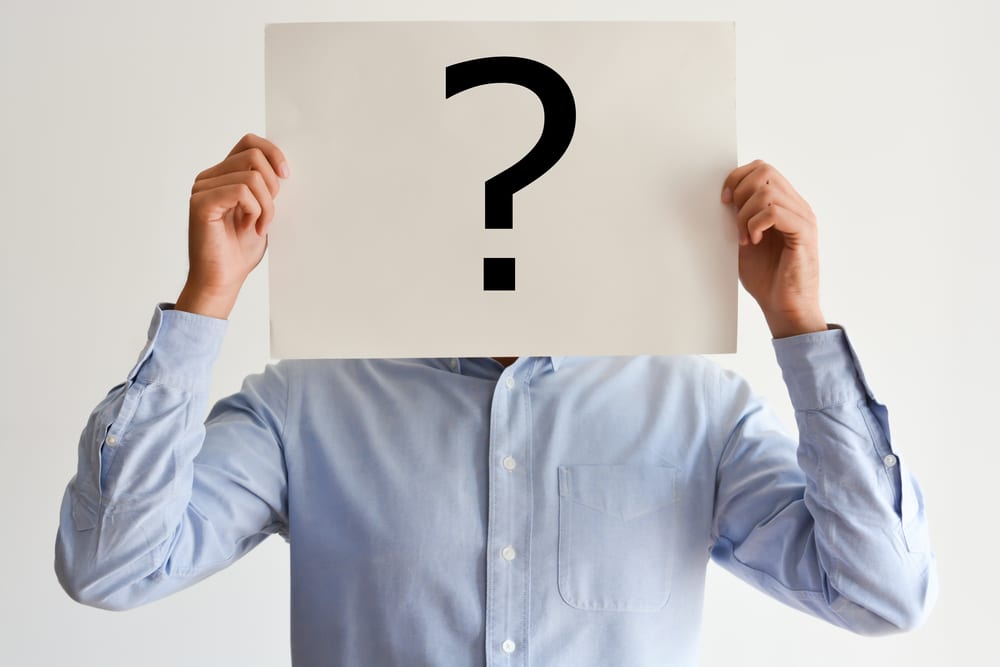 Daylight saving time is a twice-annual ritual in the US: at some designated day in the spring, the clocks are all moved an hour ahead of standard time, and then again at another designated day in the fall, the clocks are moved back to standard time. Abruptly changing the clocks has been shown to cause considerable harm, with a significant increase in traffic accidents, heart attacks, strokes, and cranky people and a significant decrease in overall productivity for three to four weeks after each time change.
Daylight saving time is a twice-annual ritual in the US: at some designated day in the spring, the clocks are all moved an hour ahead of standard time, and then again at another designated day in the fall, the clocks are moved back to standard time. Abruptly changing the clocks has been shown to cause considerable harm, with a significant increase in traffic accidents, heart attacks, strokes, and cranky people and a significant decrease in overall productivity for three to four weeks after each time change.
Most countries around the world do not currently participate in daylight saving time, and they just stay on standard time all year round. Many countries tried daylight saving time in the past and then abandoned it. The number of countries discarding the practice keeps increasing over time.
Most people in the US report they hate the twice-yearly time changes and would like to abolish them.
Who invented daylight saving time?
Benjamin Franklin first proposed daylight saving time in 1784, suggesting that if people woke up at sunrise in the summer and retired before sunset they would incur considerable savings in the cost of candles. Since then, various other people have suggested changing the clocks as a way to save on energy costs. No one really took these suggestions seriously until 1916, when Germany and Austria-Hungary implemented daylight saving time in an effort to save on energy costs. No one has ever been able to demonstrate that changing the clocks does conserve energy, especially in today's world of super-efficient lighting systems.
Just 3 sprays of these Air Fresheners can last for 3 days.
- KUSH SPRAY AIR FRESHENER
- BLACK RAIN SPRAY AIR FRESHENER
- BABY POWDER LONG-LASTING SPRAY AIR FRESHENER
The body clock meets the artificial clock
Moving on from the idea that it "saves energy," most people admit that daylight saving time was invented as a way to shoehorn the natural human biorhythm into a clock-based society located away from the equator. At the equator, where humans evolved, all daylight periods are around 12 hours. The sun comes up at around 6:30 am and sets at around 6:30 pm every single day. Left to themselves, humans tend to naturally follow a 12-hour daylight cycle. They wake up at sunrise, are very active and productive for about six hours, then they become lethargic for two or three hours, only to experience a brief surge in energy in the late afternoon through sunset, and as the sun starts to set at 6:30 pm, they become content to relax, eat, and socialize under artificial lighting for a few hours after sunset before seeking rest.
In more northern climes, the length of the daylight period varies dramatically by season. In the winter, it is dark all the time, and nothing much can be done. However, in the summer, the sun tends to rise as early as 4:30 am and set as late as 9:30 pm. If a person tried to follow their natural biorhythm, they would arise at 4:30 am, experience their mid-day slump at 10:30 am to 1 pm, their late energy afternoon period would end at 4:30 or 5 pm, and they'd be ready for bed long before sunset.
During the period when daylight saving time was the most popular worldwide, most people worked a 9 to 5 schedule. This schedule didn't work well with the natural biorhythm during the summer since by the time they got to work at 9 am their body had already passed through the peak productivity period for working and by the time they got home at 5:30 pm, their body had moved into the relaxation phase, and they struggled to perform their home chores.
Spray your favorite smelling BluntPower air freshener!
So the idea behind daylight saving time is to pretend that during the summer, 4:30 am is actually 5:30 am and that 5 pm is actually 6 pm, which shifts people's perceived reality more toward the daylight period experienced at the equator.
Standard time or daylight saving time?
Most polls indicate that at least 80% of the US population hates changing the clocks twice a year and they would prefer it to stop. However, when asked whether the US should adopt year-round standard time or year-round daylight saving time, the answer is more mixed. People naturally prefer the long daylight period in the summer, and many people get confused about what would happen in the winter if daylight saving time was kept year-round.
In fact, the US did try year-round daylight saving time in 1974. However, after experiencing a single winter under daylight saving time, the entire population hated it so much that it was quickly rescinded. In the winter, daylight saving time means the sun does not rise until well after 8 am. This means everyone has to awaken in full darkness, get through their morning chores, and get to school and work in the pitch black. Most people's brains and bodies don't wake up until they can see natural sunlight. The net effect of winter daylight saving time was that everyone was inside at work or school when the sun came up, and their bodies never received the "wake up" cue for weeks throughout the winter.
People who favor winter daylight saving time seem to think it will allow for daylight activities after work, but in the winter the sun can set as early as 4:30 pm on standard time, and even under winter daylight savings time, a 9 to 5 worker would arrive home around or shortly after sunset.
Create the perfect mood on demand with these Essential Oil-based Air Fresheners
- BAHAMA BREEZE SPRAY AIR FRESHENER
- SUNSHINE AIR FRESHENER
- MANGO STRAWBERRY RED AIR FRESHENER
- COOL WATER SPRAY AIR FRESHENER
- CALIFORNIA FINEST SPRAY AIR FRESHENER
Biologically, it is far more important to arise with the sun than to engage in activities in the late afternoon and early evening. The human body clock relies on that sunrise "wake up" signal to reset itself every single day, and every part of the body stops working optimally if it can't be synced to the natural daylight period. Shift and night workers can attest to this problem. Most medical experts and medical associations think the US should just shift to standard time and stay there.
Does it even matter anymore?
The primary problem that daylight saving time was intended to correct was to adjust the 9 to 5, northern latitude worker's day to fit better with the actual summer daylight period. However, nowadays, most people do not work a 9 to 5 day. Most people on a set daily schedule start at 6 or 7 am. People work flexible schedules and shifts. A lot of people work from home or set their own working hours.
The only real consensus is that the twice-yearly changing of the clocks is utterly detested and needs to go.
If you anticipate struggling with the time change, and most people struggle with it, why not try out one of our products? Aromas are powerful and can change your mood.
The correct scent can relax you and bring on sleep, while other scents can energize you and prepare you for work. Contact us and get 15% off your order today.





.jpg?width=557&height=335&name=KLAVIYO%202%20(1).jpg)

.gif?width=480&height=270&name=giphy7%20(1).gif)






